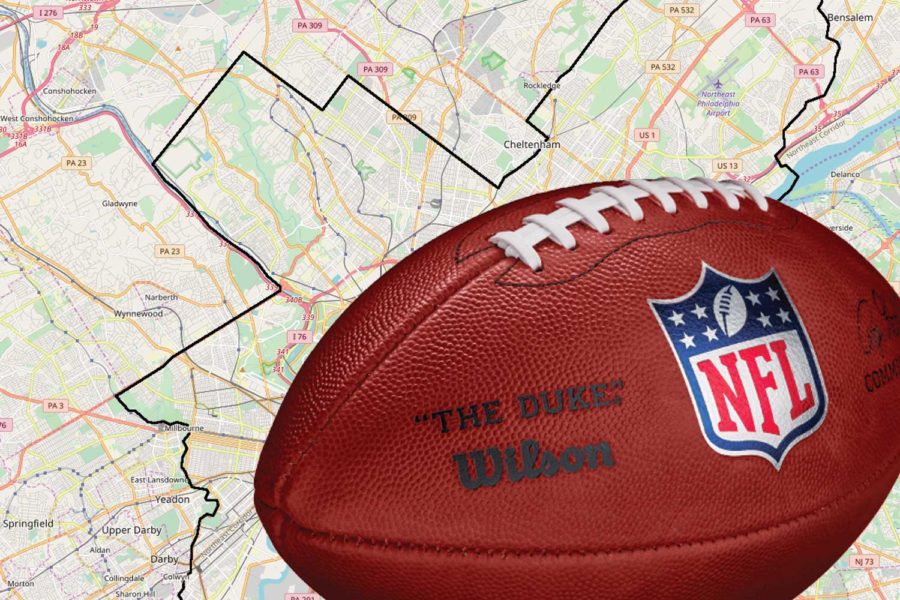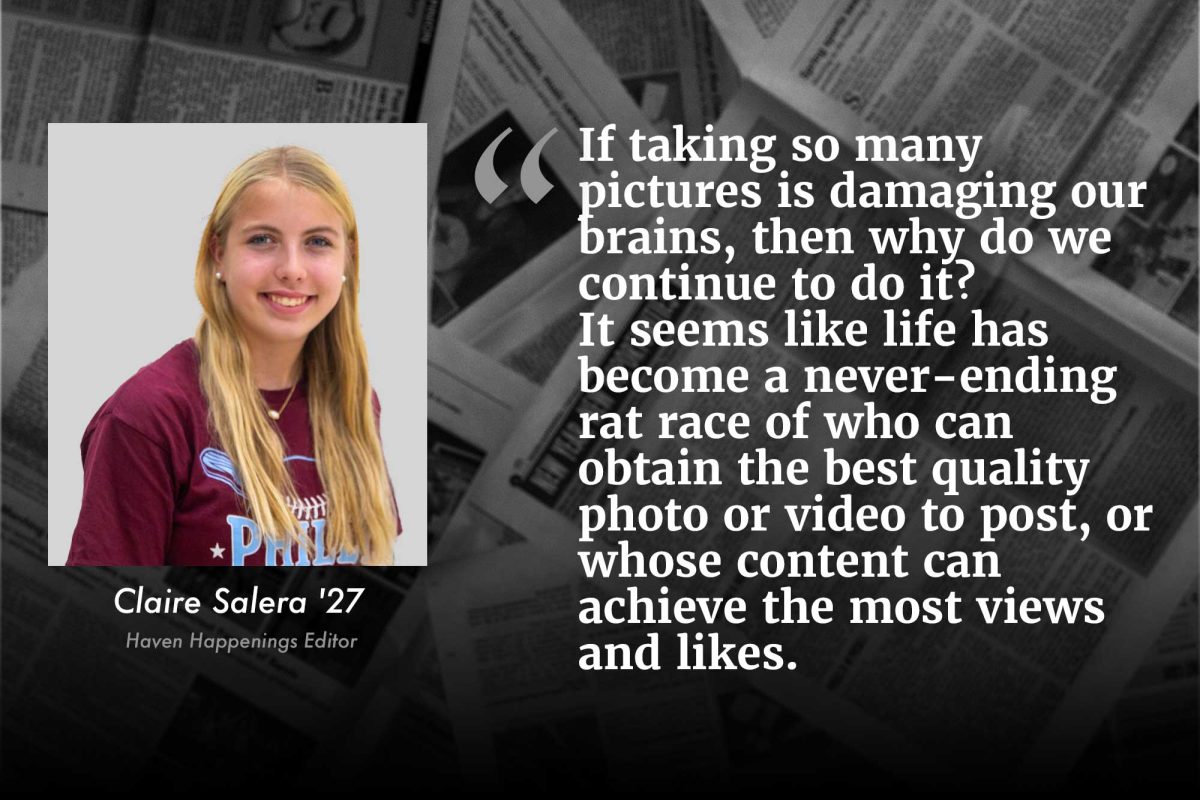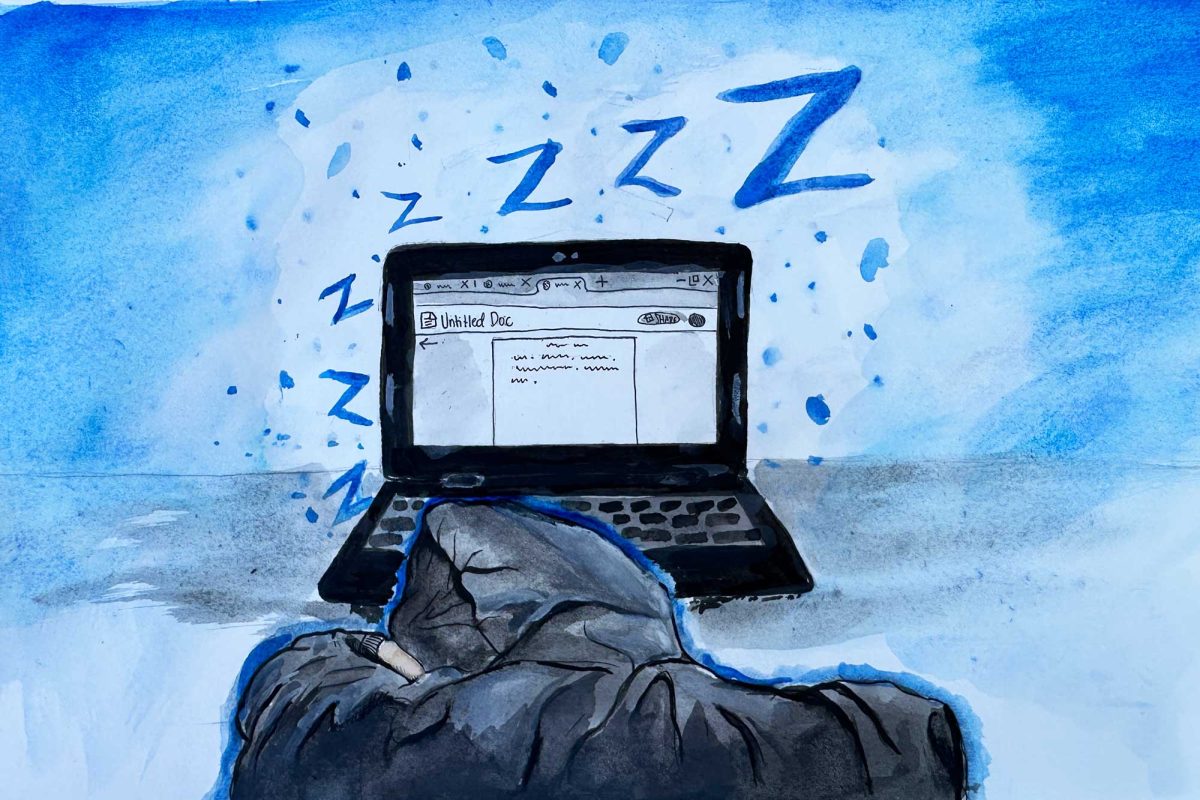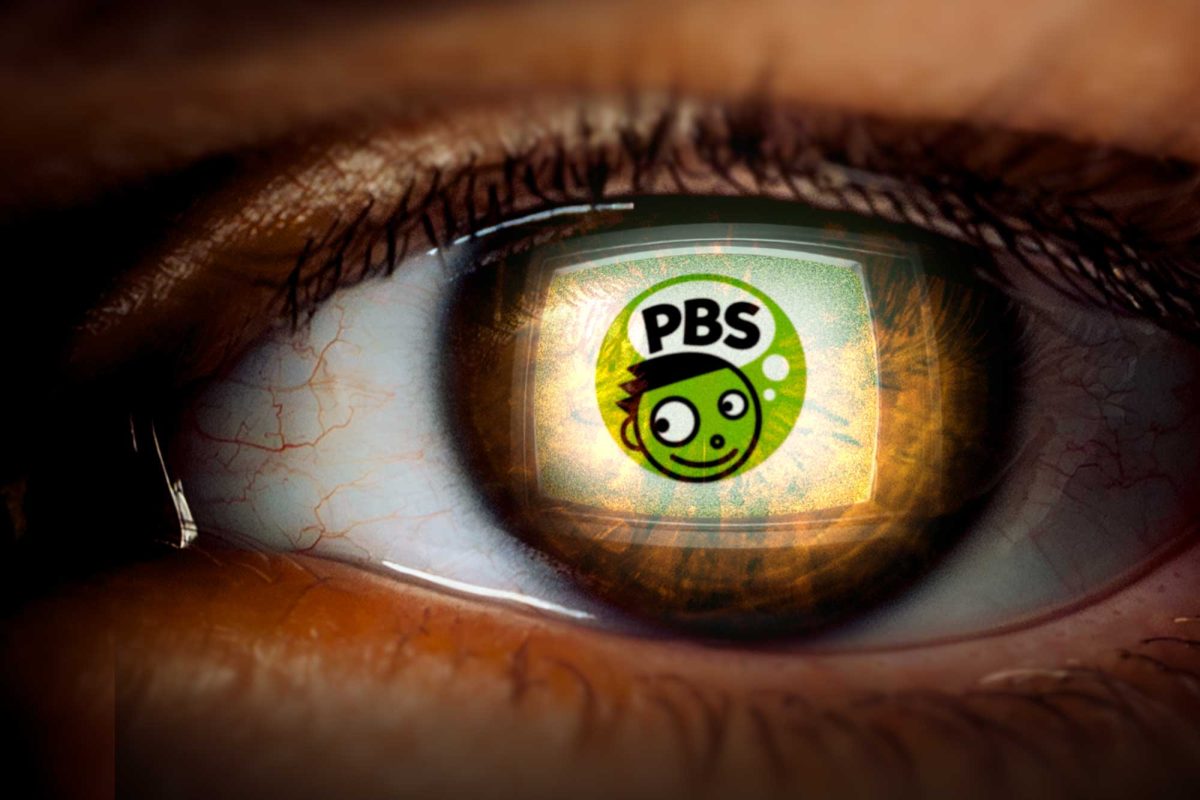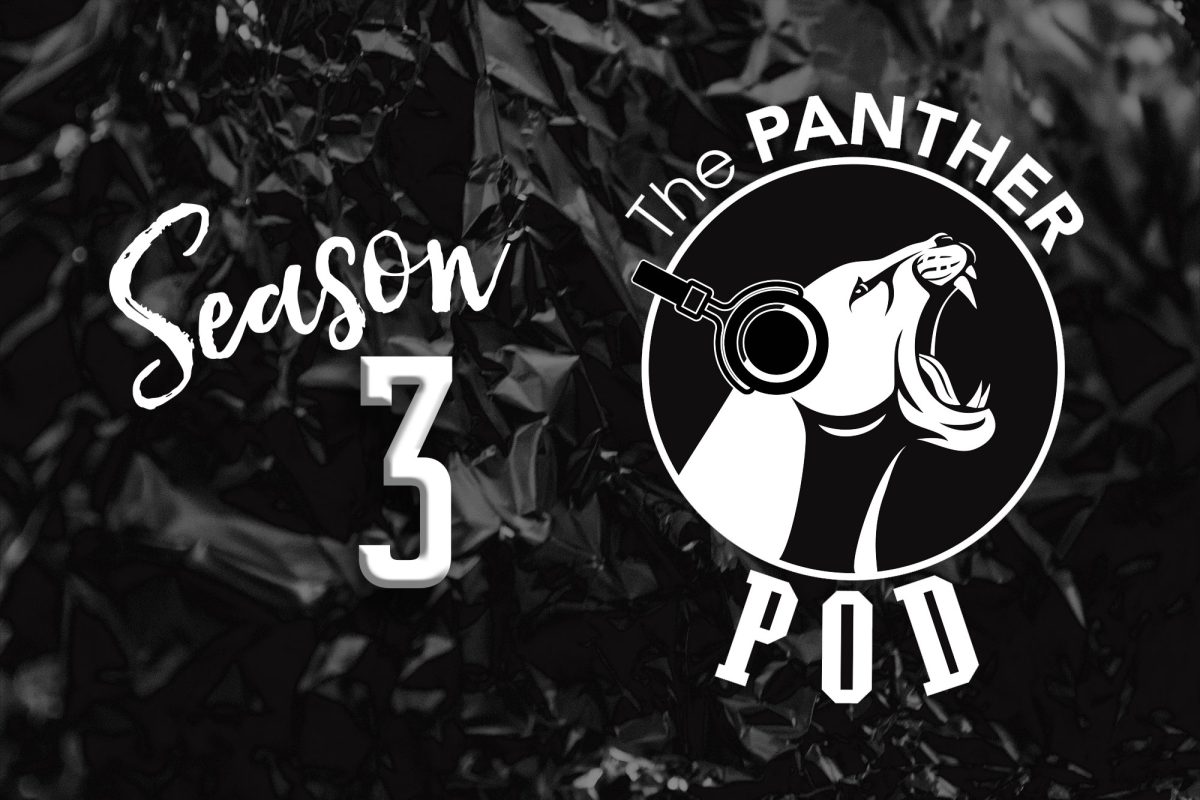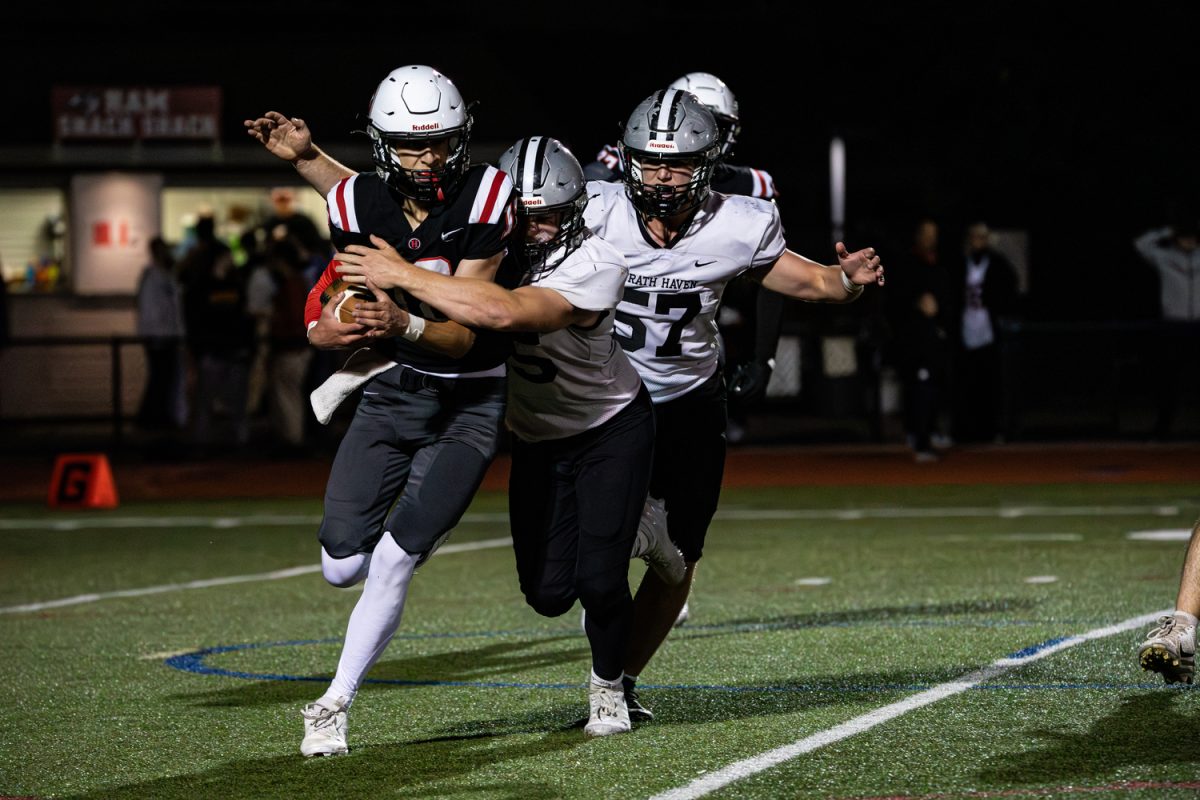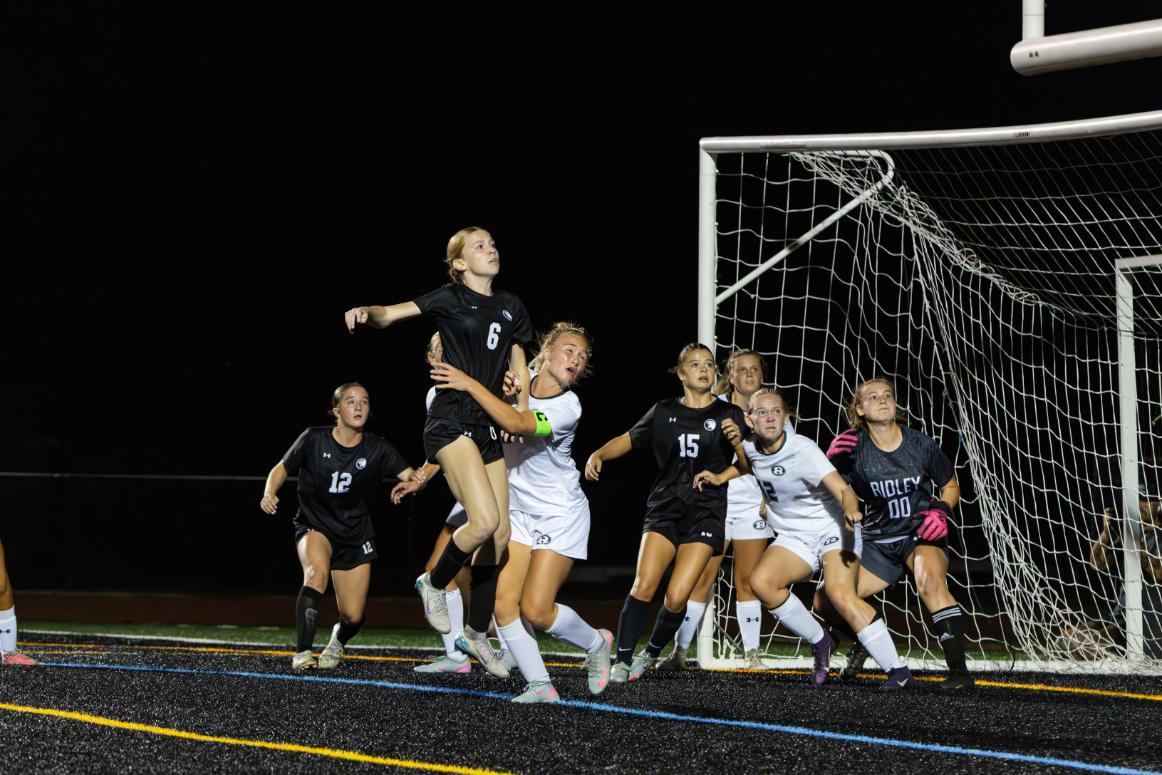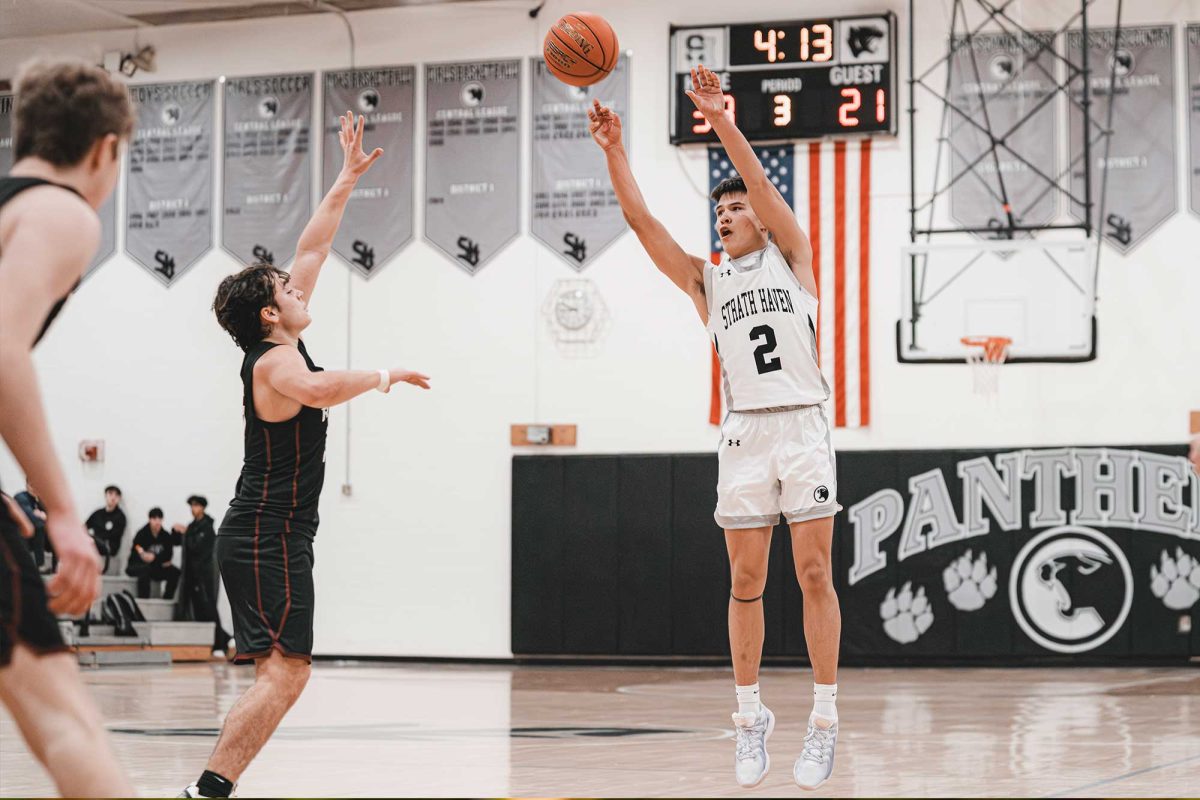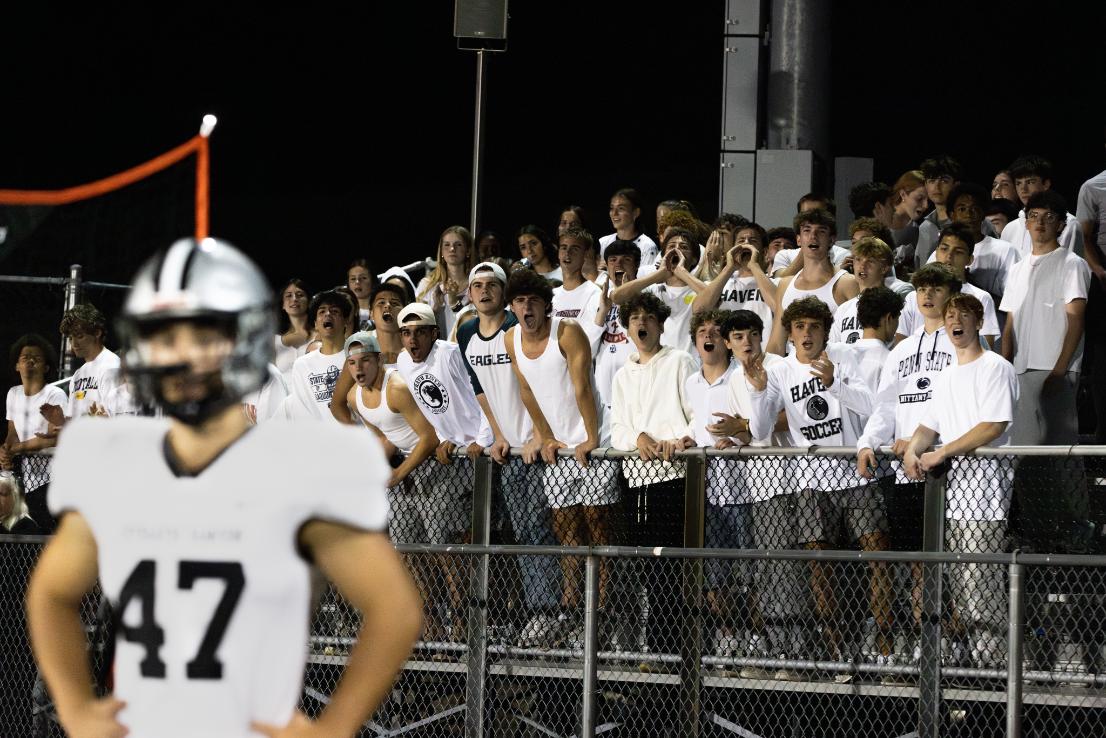In the wake of Philadelphia’s recent sports success, the city’s police departments have noted a decrease in overall crime after teams win, specifically at home.
After a commanding 24-7 victory over the Minnesota Vikings on Monday, Sept.19, the Philadelphia Police Department reported zero homicides that night, something rare for a city that consistently ranks far above average in crime rates. After they beat the Cowboys, a division rival, on Oct.16, the same thing, no homicides.
Research backs this up, as a 2014 study from UC Berkeley’s school of law found similar results in the city of Chicago.
Tracking crime rates in conjunction with televised sports games from the city’s four major sports teams (NFL, MLB, NBA, and NHL), it was found that from 2001 to 2013, televised games are linked to reductions in crime by up to 25 percent.
The researchers believe that sports act as a deterrence to crime.
“Potential offenders spend their time watching the game on television rather than engaging in criminal activity…”
The study suggests that sports games could almost “pacify the population,” calming citizens that would otherwise be willing to commit crimes.
While declines in drug crime rates could also be attested to a lack of activity from the police force during the game, declines in property and violent crime, however, are almost always reported to the police.
Furthermore, the study found that there was an estimated 26 percent of crimes prevented from the airing of the Super Bowl, even though the Bears only made the Super Bowl once in that timeframe while making the playoffs only three other times. The Super Bowl continually breaks viewership records, being near or at the 100 million mark every year since 2008.
When the Eagles made and eventually won the Super Bowl in 2018, crime that week dropped drastically, with total offenses in the city dropping from 1,262 the week before to 1,059. In the weeks following, though, crime total offenses went back up.
Crime is very costly, as Philadelphia has a $208 million antiviolence budget for 2022 alone, and this number excludes the millions more spent on crime response, prisons, and court hearings.
In the Chicago study, the researchers found that the Super Bowl alone saves the city over $300,000 in violent crime response, while a Bears game on Monday night saves upwards of $200,000.
It should be noted that these numbers are purely based on TV viewership, and the previous examples from Philadelphia and Chicago show just how great an impact sports can have on a city and its citizens.
But what does this mean for practical strategies to reduce crime in cities? Obviously, a professional sports team’s success is out of the hands of local and state governments, and collusion between the two is most definitely a bad idea. Still, specific lessons can be learned from the obvious reduction in crime as a symptom of sports success.
Influxes in crime rates have indicated that a single solution cannot solve the problem, but rather look at different ways to prevent and respond to crime more effectively.
The trends in crime concerning sports remind us that crime is reflective of the mood of the citizens. In countries where people are overall happier, like Norway, Sweden, and the Netherlands, overall crime rates are much lower.
In Sweden, specifically, the crime rates adjusted to population were much lower, even though the two countries have near identical numbers of police officers.
It is no secret that a large portion of the population pays attention to pro sports and that people feel happier when they are on. As long as Philly sports teams keep winning, the police force should expect to see a continuous decline in crime, an unexpected antidote to years of violence.




